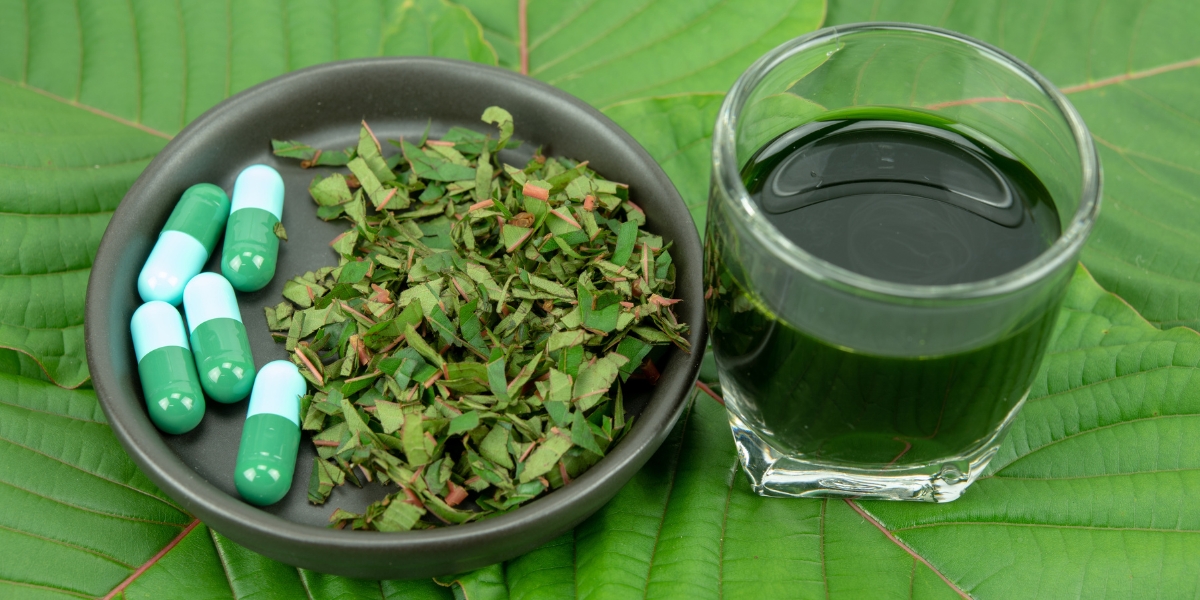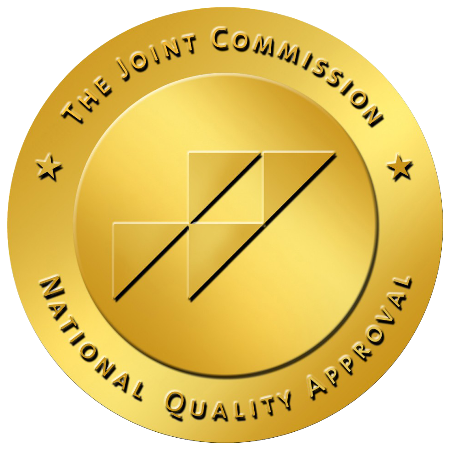Kratom Withdrawal: What to Expect

Kratom is widely marketed as a multi-purpose, natural supplement that can help with various things. Users are finding that kratom withdrawal can also be severe.
Scientifically known as Mitragyna speciosa, kratom comes from Southeast Asia and belongs to the coffee family. In low doses, kratom can increase energy levels and have stimulating effects; higher doses of kratom have opioid-like effects, including pain relief and sedation.
Kratom seems effective as an opioid replacement because it interacts with opioid receptors in the brain to produce results. Though kratom is not chemically similar to opioids, users report nearly identical but milder withdrawal symptoms when they stop using kratom. Knowing what to expect during kratom withdrawal can help people decide the safest way to quit and find the best addiction treatment options.
Is Kratom Legal?
In the United States, kratom is technically legal. Legal does not mean safe. The United States Food and Drug Administration (FDA) warns that kratom users are at risk for addiction, abuse, and dependence. Since 2012, the FDA has begun seizing and testing imports of dietary supplements containing kratom. Currently, there are no approved medical uses for kratom, and the Drug Enforcement Agency (DEA) lists kratom as a drug and chemical of concern but has not yet moved to list it as a controlled substance. Additionally, many batches of kratom have tested positive for bacteria and other contaminants.
Because kratom has roots in traditional medicine and is relatively new to the western drug market, several agencies, including the National Institute on Drug Abuse (NIDA) and the National Center for Complimentary and Integrative Health (NCCIH), are conducting studies on potential medical uses. Depending on the outcome of those studies, kratom’s legal status may change.
Kratom Uses
Overseas, kratom has been part of traditional herbal medicine and ceremonies for centuries. Kratom dependence and addiction are well documented in the same communities but are viewed differently from other substance use disorders.
More recently, in the United States, kratom has been marketed as a dietary supplement, a legal high, an alternative pain reliever, and a way to help ease opioid withdrawal symptoms. Typically sold in liquid, tablet, or powder form, it is readily available in gas stations, head shops, convenience stores, and online retailers.
The most common uses for kratom include:
- Increasing energy levels and motivation
- Increased focus
- Pain relief
- Mood booster
- Sedation
- Reducing anxiety
- Treating opioid addiction cravings
- Lessening opioid withdrawal symptoms
One of the main dangers of using kratom for anything listed above is that each batch can vary in strength, making dosage inconsistent, and self-medicating with any substance is dangerous. Because of these factors, taking kratom can have unpleasant, harmful effects and interactions, especially with prescription medications. Between 2010 and 2015, the Centers for Disease Control and Prevention (CDC) recorded a tenfold increase in calls to poison control centers involving kratom, many of them related to withdrawal symptoms in people who had recently quit cold turkey. Deaths involving kratom are low, partially because many places don’t test for it, and the ones where kratom is present often involve other drugs, making it hard to tell the leading cause of death.

Kratom Withdrawal Symptoms
Kratom withdrawal symptoms will vary for everyone and can begin as soon as a few hours after the last dose. People who have taken kratom once or twice are unlikely to experience withdrawal; however, chronic users with a dependence on kratom will experience kratom withdrawal symptoms ranging from mild to severe.
Factors like age, physical health conditions, co-occurring mental health disorders, polysubstance abuse, length of kratom addiction, and detox setting affect how people experience kratom withdrawal.
Kratom withdrawal symptoms and effects include:
- Muscle pain and soreness
- Cravings
- Spasms
- Hot flashes
- Sweating
- Nausea
- Vomiting
- Diarrhea
- Runny nose
- Watery eyes
- Flu-like symptoms
- Goosebumps
- Chills
- Mood swings
- Anxiety
- Depression
- Decreased appetite
- Changes in heart rate and blood pressure
- Dizziness
- Fatigue
- Insomnia
- Irritability
People attempting kratom detox are susceptible to dehydration due to the effects of some withdrawal symptoms, including sweating, nausea, vomiting, diarrhea, and lack of appetite, costing them vital liquids.
Medically supervised detox programs are advisable for withdrawal precisely because they treat unpleasant symptoms and monitor fluid and nutrient intake to ensure kratom users don’t face further complications.
Kratom Withdrawal Timeline
Much like withdrawal symptoms, kratom’s withdrawal timeline will vary for everyone. Medical professionals are still studying kratom withdrawal and all that it involves but generally estimate that it lasts between 7 to 10 days.
The standard kratom withdrawal timeline is as follows:
- 3 to 12 Hours After the Last Dose of Kratom
Cravings and anxiety increase, and muscle soreness and sweating will start.
- 12 to 24 hours After the Last Dose of Kratom
Flu-like symptoms, agitation, mood swings, and cravings will be intense. Vomiting, diarrhea, and fatigue will set it.
- 24 to 72 hours After the Last Dose of Kratom
Heavy and long-term kratom users may develop a fever and struggle with intense anxiety and depression, as well as more flu-like symptoms and appetite changes. The risk of relapse is high during this time frame because of how uncomfortable the physical and psychological symptoms can get.
- 3 to 7 days After the Last Dose of Kratom
Most symptoms will begin to lessen; however, the psychological cravings and distress caused by withdrawal may linger.
For heavy kratom users, especially ones with a history of opioid substance abuse and withdrawal, there is a risk of protracted withdrawal syndrome, causing withdrawal symptoms to reappear randomly for weeks to months.
Detox is not the same as addiction treatment; instead, it is merely the first step toward recovery. While kratom is not officially a drug of abuse, kratom users tend to meet most of the criteria for substance use disorders and benefit from the same treatment plans addressing addiction’s physical, mental, and behavioral aspects.

Kratom Detox and Addiction Treatment
Another way of life is possible if you or a loved one is struggling with kratom addiction.
Northridge Addiction Treatment Center offers a fresh start in a therapeutic, nurturing environment, using only evidence-based treatments and a patient-centered approach to care.
At NATC, we work closely with you to understand your unique needs, goals, and circumstances. We personalize your treatment plan based on these assessments to meet you where you are and make you feel comfortable about substance-free living.
We offer onsite medical detox with 24-hour care and support to ensure your safety and mental well-being. We use dual diagnosis and medication-assisted treatment to properly uncover and treat co-occurring mental health conditions.
Contact us today to take your first steps toward a new and fulfilling life in recovery. Our compassionate and experienced treatment specialists can answer any questions about your treatment options.
Find Meaningful Recovery
Our caring and compassionate specialists are eager to help you comfortably navigate this journey to recovery. Our individualized treatment plan, programs, and therapies may be a perfect match for you or your loved one. Let us assist you in living the happy life you deserve. It starts with a phone call.




